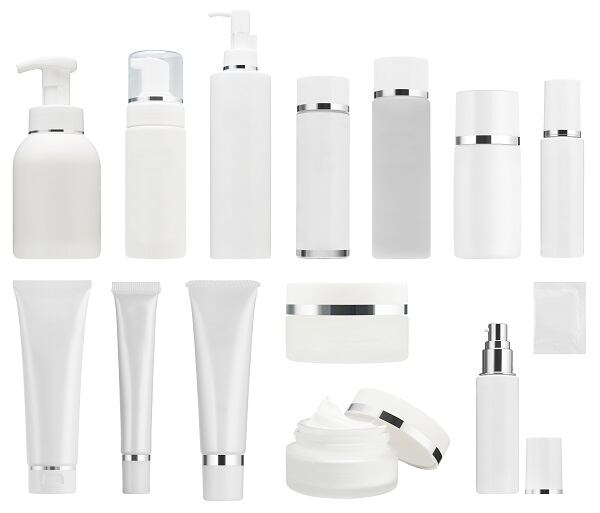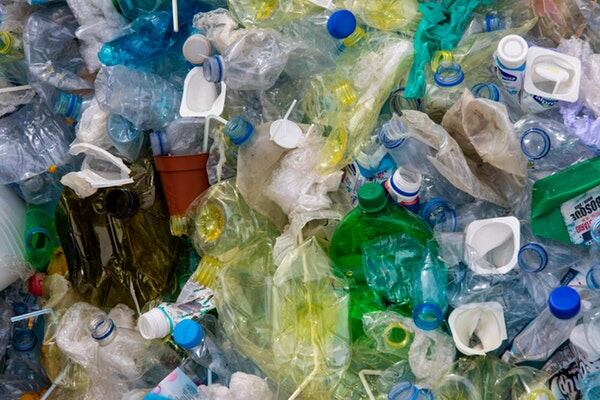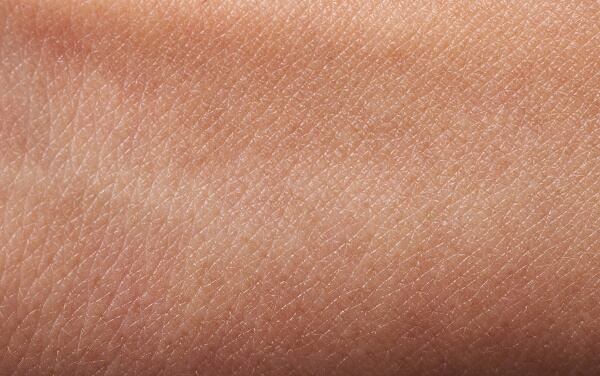The EU Commission is now exploring a study and 'Made in EU' initiative, which would see considered measures for chemical products to achieve the necessary trust and credibility required to make informed and assured purchasing decisions.
On 3rd July, independent intelligence and insights provider, Chemical Watch, unveiled how industry stakeholders are debating and suggesting that digital tools, pictograms and solutions provide an effective solution to answer these calls with complete clarity.
From a European Commission director perspective, by adopting a smarter and adaptive approach to European labelling legislation, this would communicate chemical hazard information in a way that will support consumers and brands.
Hazard and Safety Communication
Following Chemical Watch’s recent fitness check into EU-wide chemical data from the delayed non-REACH Review report, the intelligence provider identified demands for improvements on how companies share hazard and safety information to buyers.
The Classification, Labelling and Packaging (CLP) Regulation and other sector-related EU regulations on cosmetics and other consumer items “don't allow us to communicate hazard information sufficiently, effectively and efficiently',' stated Kirsi Ekroth-Manssila, head of unit at DG Grow.
Centring on simpler and more considered labelling requirements, Ekroth-Manssila went on to say that current chemical-containing products have both “too much and too little" information “at the same time” on products.
Informing Purchasing Decisions
Attendees at the EU chemical policy 2030 conference were reported to have advocated for "clear, trustworthy and science-based" labelling choices to enable consumers to make well-informed cosmetics buys.
Concerns relating to the overreliance on digital formats are present. In various markets, consumers are able to access an app on their smartphones to check the chemical safety of their products.
The Digital Reality
"We don't want e-labelling to replace package labelling. This is very important,” explained Monique Goyens, director general of the European consumer organisation Beuc.
A study will now be launched to explore how the European packaging space can improve labelling to best communicate product contents to its consumers.
A ‘Made in EU’ label has also been suggested as a relevant and effective solution. It would aim to provide clear information on the inclusion of recycled materials and products to instil certainty around the safety of products.
NGOs and other key industry insiders are in support of the idea as they believe the label would enable consumers to distinguish between unsafe and safe products, sold both digitally and imported from outside the EU into our physical stores.
However, there are concerns that due to the international marketplace that cosmetics and personal care labelling operates in, the notion of a Made in the EU label is “an illusion”, Marco Mensink, Director General, Cefic relayed.




